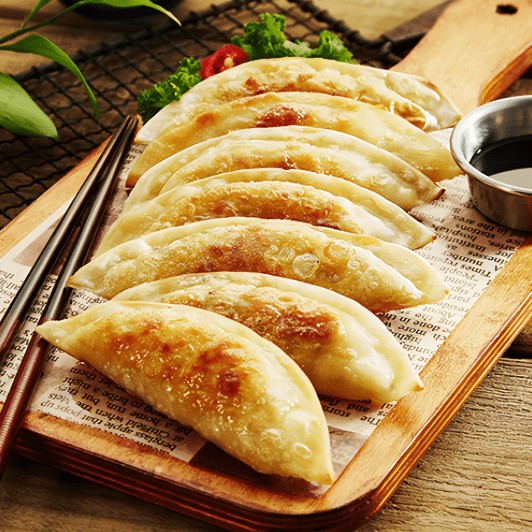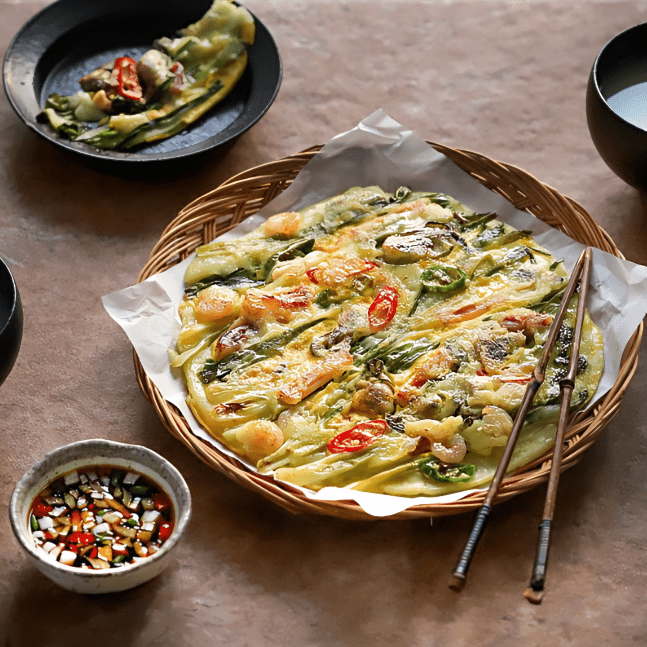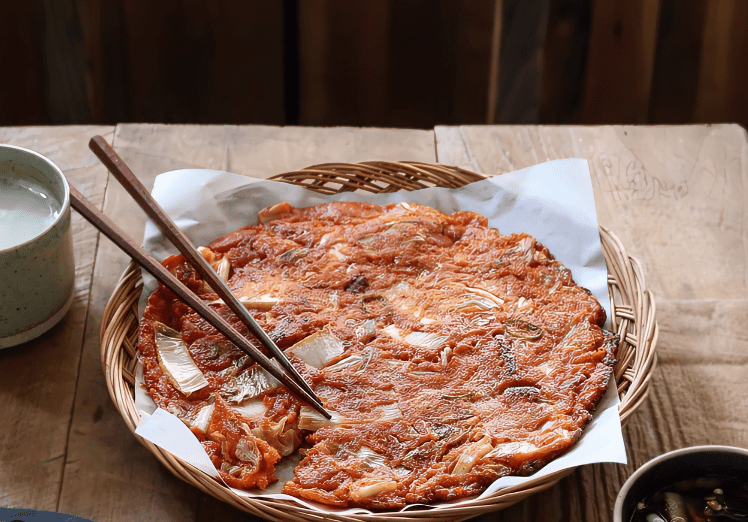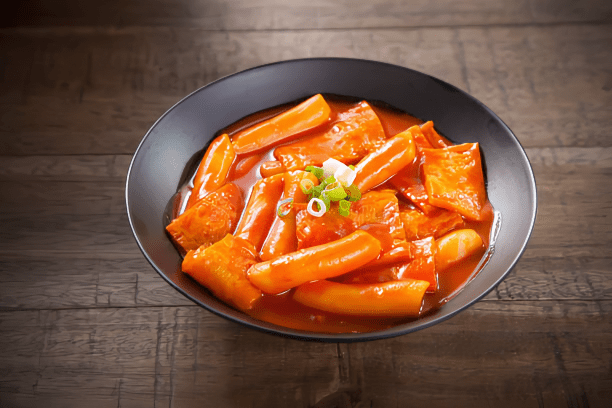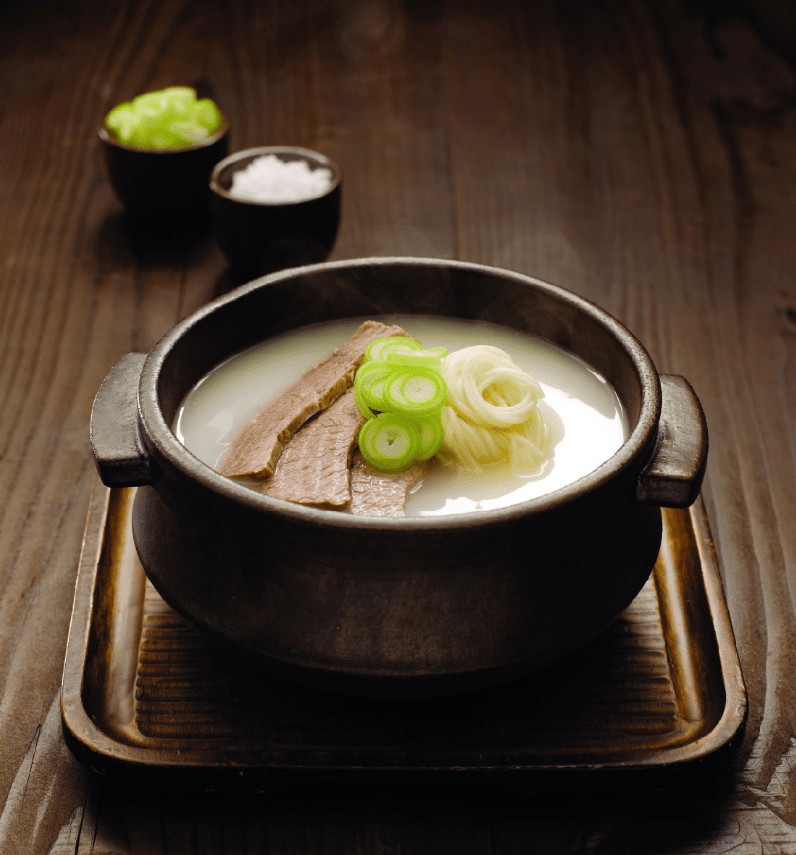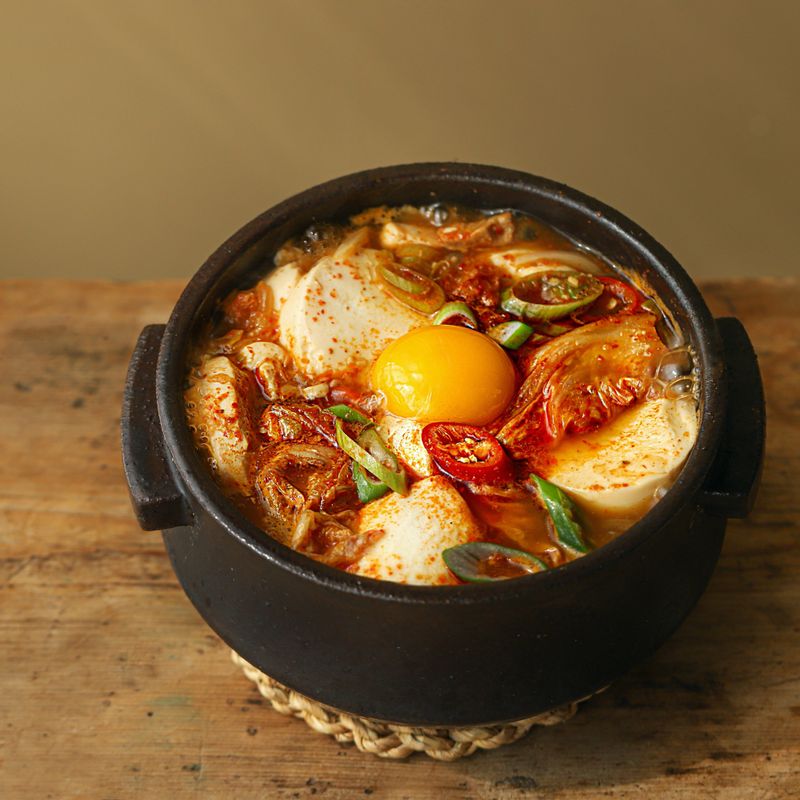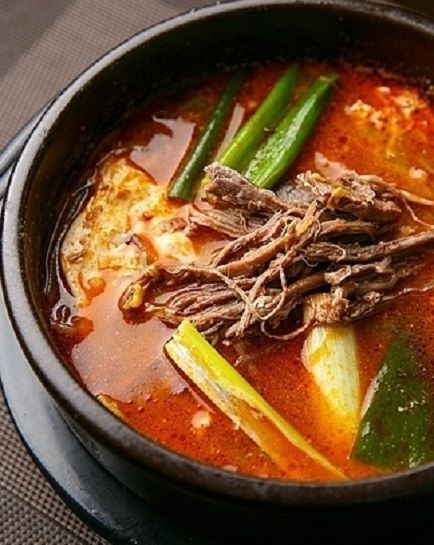군만두 Guwn Mandu
군만두
Overview
Overview of 군만두 (Goon Mandu):
군만두 (Goon Mandu) is a popular Korean dish that consists of dumplings made with a savoury filling and fried to a golden brown crisp. It is a staple in Korean cuisine and is loved for its delicious taste and versatility. In this overview, we will explore the key aspects of 군만두, including its history, ingredients, preparation method, and variations.
History:
The origins of 군만두 can be traced back to ancient China, where dumplings were first created. Dumplings made their way to Korea during the Goryeo Dynasty (918-1392) through cultural exchanges with China. Over time, Koreans adapted the recipe, adding their own unique flavors and techniques. Today, 군만두 is deeply ingrained in South Korean culture and cuisine, enjoyed by people of all ages.
Ingredients:
The main components of 군만두 are the filling and the wrapper. The filling typically contains ground meat, such as pork or beef, mixed with vegetables like cabbage, spring onion, or garlic chives. It can also include other ingredients like tofu, noodles, or mushrooms for added texture and flavor. The filling is seasoned with various spices and sauces, such as soy sauce, sesame oil, ginger, and garlic.
For the wrapper, a mixture of flour and water is used to create a dough. The dough is then rolled out into thin circular shapes, which are cut into individual wrappers for the dumplings. The wrappers play a crucial role in holding the filling and ensuring that the dumplings maintain their shape during frying.
Preparation Method:
Making 군만두 involves several steps, starting with preparing the filling. The ingredients are finely chopped or minced and mixed together in a bowl. The mixture is then placed onto the center of each wrapper, and the edges are folded and sealed to form a half-moon shape. The dumplings are then fried in oil or can be steamed or boiled, depending on personal preference.
Once cooked, 군만두 can be served as a standalone dish or as part of a larger meal. It is often accompanied by a dipping sauce such as soy sauce mixed with vinegar, sesame oil, or chili paste. Some popular garnishes for 군만두 include toasted sesame seeds or sliced green onions, adding visual appeal and enhancing the overall taste.
Variations:
While the classic 군만두 recipe is widely enjoyed, there are numerous variations that cater to different tastes and dietary preferences. For instance, vegetarian or vegan versions replace the meat with tofu, mushrooms, or other plant-based protein substitutes. Additionally, regional variations across Korea may feature unique fillings or cooking methods, showcasing diverse flavors from different parts of the country.
In recent years, fusion recipes have also emerged, incorporating international flavors and ingredients. For example, 군만두 can be filled with cheese, kimchi, or other creative combinations, giving it a contemporary twist. Such variations highlight the adaptability of 군만두 as a versatile dish that can be customized to suit individual preferences.
In conclusion, 군만두 is a treasured dish in Korean cuisine, beloved for its delectable taste and crispy texture. Its history, variety of fillings, and preparation methods make it a fascinating subject to explore. Whether enjoyed as a snack, appetizer, or main course, 군만두 continues to delight food enthusiasts around the world.
